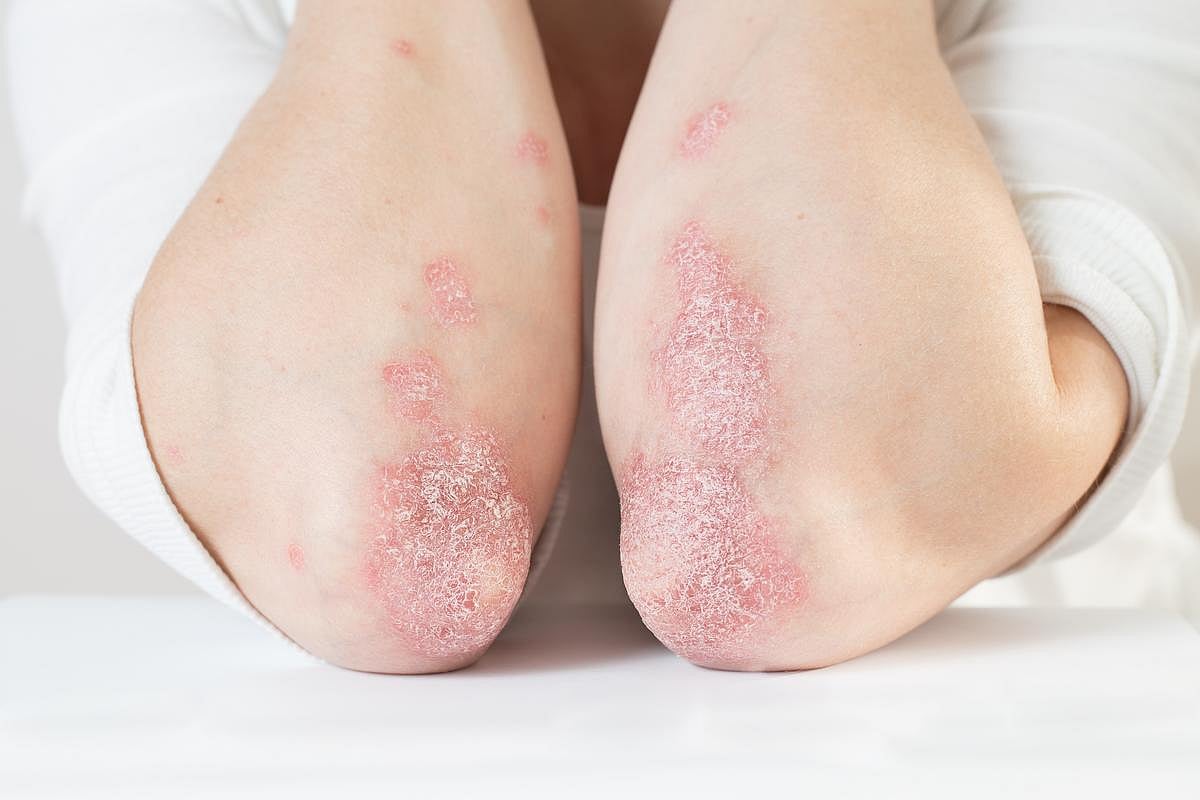Associations with higher dermatologic disease risk seen for lower nadir CD4 count, older age, public insurance
By Elana Gotkine HealthDay Reporter
FRIDAY, Oct. 17, 2025 (HealthDay News) — For people with HIV (PWH), the incidence of dermatologic disease (DD) has decreased over time but still remains prevalent, according to a study published online Oct. 14 in the Journal of the American Academy of Dermatology.
Yagiz Matthew Akiska, from The George Washington University in the District of Columbia, and colleagues characterized the prevalence, incidence, and risk factors of DD among PWH in a longitudinal cohort study involving 11,738 adults enrolled in a cohort between 2011 and 2023. DDs were categorized as infectious dermatoses, inflammatory dermatoses, or cutaneous malignancies (CM).
The researchers found that 49.4 percent of the participants had one or more dermatologic diagnosis, with infectious conditions the most common (41.4 percent). From 2011 to 2024, there was a decline in incidence across all categories of DD, including infectious (463 to 41), inflammatory (306 to 62), and CM (31 to six) cases per 1,000. The odds of CM were more than sixfold greater among cisgender females. Higher DD risk was seen in association with lower nadir CD4 count, older age, public insurance, and prior opportunistic infections.
“As the population of people living with HIV ages, chronic skin conditions are becoming more prominent and often persist despite effective HIV treatment,” Akiska said in a statement. “Addressing these issues requires integrating dermatology into HIV care, so that patients receive comprehensive support for both their overall health and their quality of life.”
Copyright © 2025 HealthDay. All rights reserved.








